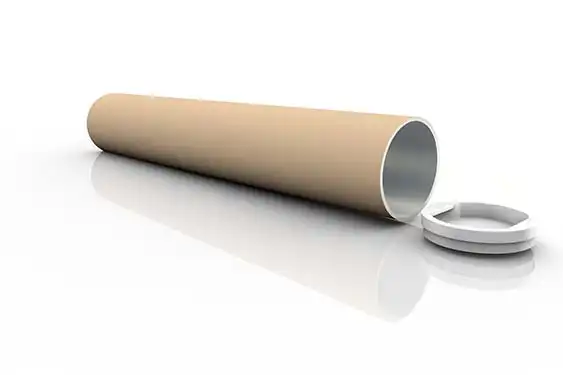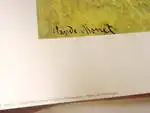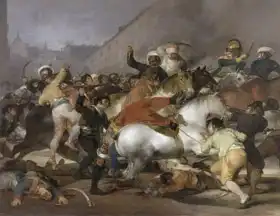About this finishing
Print. The image is printed on the top quality 10-ink HP Z9PS printer on HP matte 270 g / m2 paper. You can choose any size to an accuracy of 1 cm. A margin of 5 cm around the image is added to the size of the motif.


You can find a detailed description about our finishings
here.
Attack Mamelukes
Date:
1814The painting depicts a dramatized scene of a battle or uprising, showing soldiers and civilians in chaotic conflict. In the foreground, men on horseback in exotic clothing appear to be leading the charge. One of the men on a white horse raises his hand in a gesture of victory or challenge. Around them are fallen or fighting soldiers and civilians, some on the ground, others wounded and fighting. The scene is depicted with great dynamism and expressiveness.
This description was created by artificial intelligence, please be indulgent.
Goya painted picture Attack Mamelukes in 1814. Prevailing color of this fine art print is vivid and its shape is landscape. This image is printed on demand - you can choose material, size and finishing.
Francisco de Goya (1746-1828). Born in Spain, the son of a goldsmith. His work is characterized by loose brush strokes, an unprecedented release from the obligation to draw exactly according to reality. His works are among the precursors of many future artistic directions (
Realism,
Romanticism,
Impressionism, Expressionism, and
Surrealism). He became the court painter to Charles IV and a member of the Academy. Among Goya’s most famous works are the cycle
Disasters of War (eg.
The Third of May 1808, a picture painted during the Spanish revolution against France, in which Goya utilises his typical brush strokes and plays with light, clearly showing on which side he stands) and portraits
Clothed Maja and
Naked Maja. The nude was, for the time, sensual, natural, and without unnecessary decorations (flowers, nature, silk). It is no coincidence that, for this painting, Goya was prosecuted by the Inquisition.


